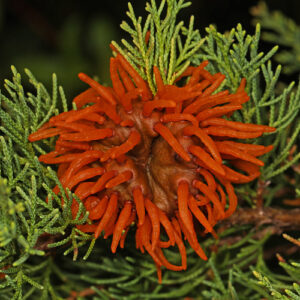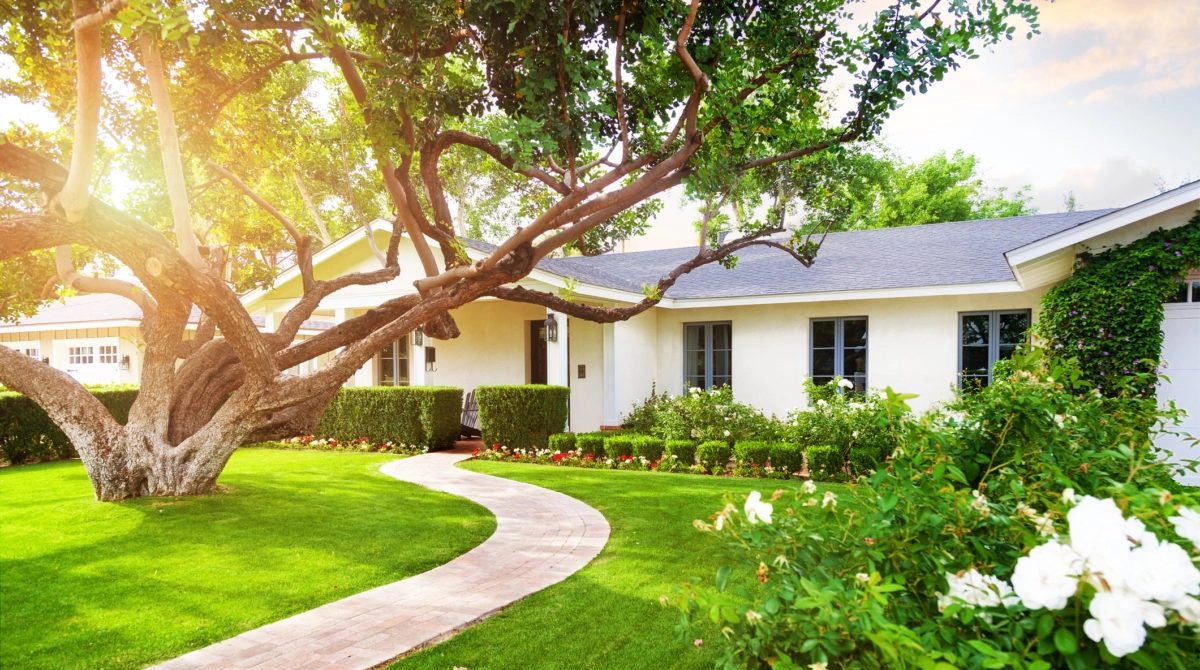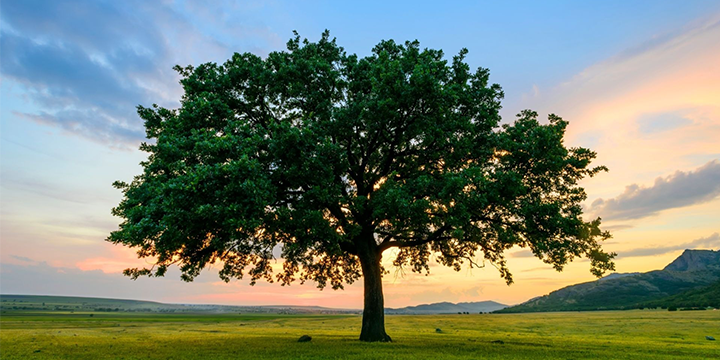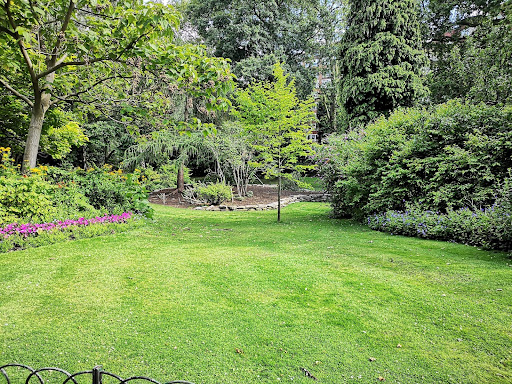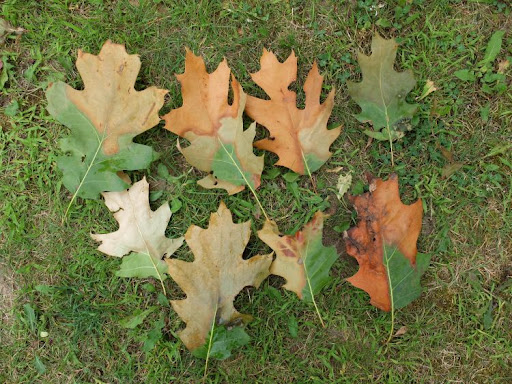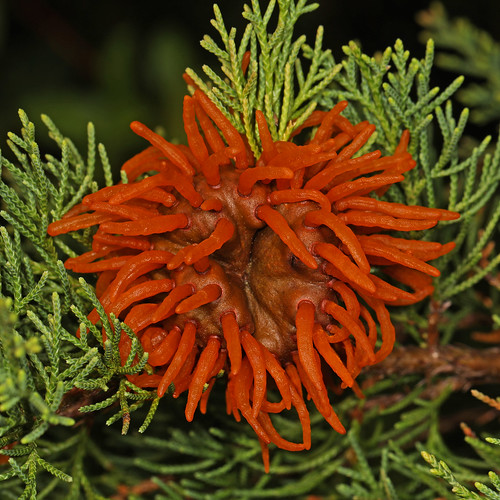
How to Treat Cedar-Apple Rust
Date April 27, 2023
Cedar-apple rust creates unsightly growth on cypress or juniper trees and harms any plant belonging to the Rosaceae family, including apples and crab apples. Trees in the Dallas-Fort Worth, Texas, area that show signs of cedar-apple rust need treatment from a professional tree care service.
About Cedar-Apple Rust
Image via Flickr by Judy Gallagher
Cedar-apple rust, or Gymnosporangium juniperi-virginianae, is a fungal disease that needs two species of plants to spread and grow. Cedar-apple rust starts its growth cycle on cypress and select juniper trees, including eastern red cedars. Once spring comes, the fungi release windblown spores that travel to nearby apple or crab apple trees and infect them. The following year, the cedar-apple rust fungi release spores that reinfect the juniper, cypress, or cedar trees, continuing the cycle. Interestingly, junipers don’t infect other junipers, and apple trees don’t infect other apple trees. Cedar-apple rust needs both varieties of trees to survive.
How To Identify Cedar-Apple Rust
In the fall, cedar-apple rust presents itself as round, woody galls found on twigs. During the wet spring, the galls begin to produce orange tentacle-like projections that have a gummy texture. Once the weather dries out, the elongated orange structures dry and shrivel up. Depending on how wet the spring weather is, the galls can rehydrate and dry out several times during the season.
On apple or crab apple trees, cedar-apple rust appears as circular lesions and spots on the leaves of the trees. In late summer, the spots turn into threads or projectiles filled with cedar-apple rust spores. It’s during this stage that the spores get blown by the wind to reinfect the junipers or cypress trees.
Dangers of Cedar-Apple Rust to Trees
Cedar-apple-rust fungi generally don’t damage juniper, cedar, or cypress trees except to weaken them slightly. However, this fungus can create substantial damage to apple and crab-apple trees, especially if left untreated. As the cedar-apple rust infestation grows, the fruit trees begin to drop their leaves, the fruit drops prematurely, and the tree might weaken and die. Some species of apple and juniper trees have more resistance to cedar-apple rust, and homeowners can replace diseased or susceptible trees with hardier species.
How To Treat Cedar-Apple Rust
Because cedar-apple rust needs tree hosts from the Juniper and Rosaceae family, homeowners should plant these species of trees far apart from each other to prevent the spread of the fungal spores. In addition, keeping the tree’s soil healthy can help the tree resist fungi, pests, and diseases. An arborist can prune the galls from the infected tree’s branches to help give the tree a healthier appearance. If needed, the arborist will apply technical treatments specifically designed to help eliminate cedar-apple rust fungus.
The professional ISA Certified arborists at TreeNewal can identify and treat cedar-apple rust on infected trees. We are a full-service sustainable tree-care company that specializes in soil conditioning, fertilization, tree pruning, and stump removal. Call us at 817-264-7937 or contact us through our website to learn more about our services, including treating trees in the Dallas-Fort Worth area that have cedar-apple rust.
